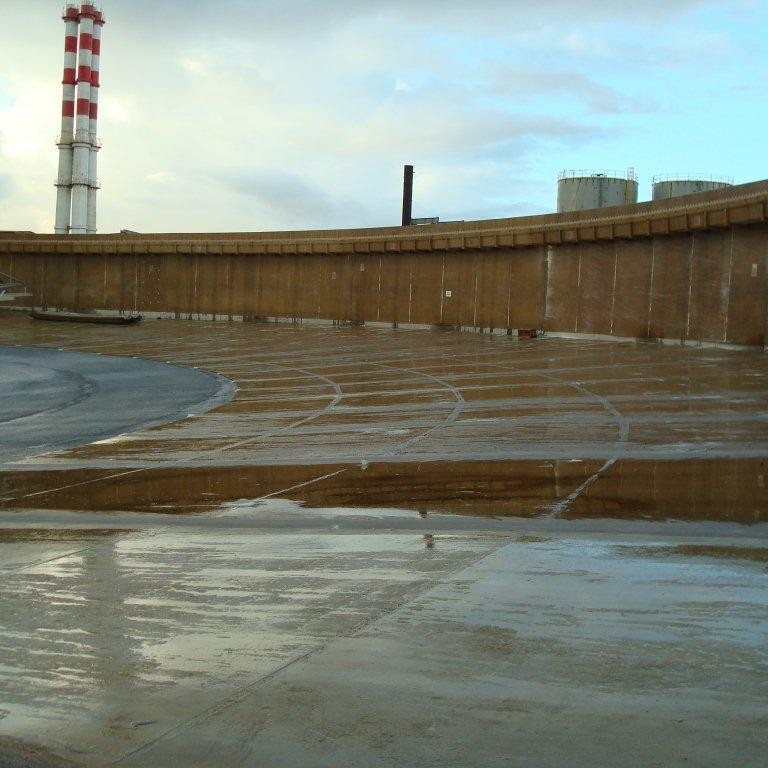
-
 Afrikaans
Afrikaans -
 Albanian
Albanian -
 Amharic
Amharic -
 Arabic
Arabic -
 Armenian
Armenian -
 Azerbaijani
Azerbaijani -
 Basque
Basque -
 Belarusian
Belarusian -
 Bengali
Bengali -
 Bosnian
Bosnian -
 Bulgarian
Bulgarian -
 Catalan
Catalan -
 Cebuano
Cebuano -
 China
China -
 China (Taiwan)
China (Taiwan) -
 Corsican
Corsican -
 Croatian
Croatian -
 Czech
Czech -
 Danish
Danish -
 Dutch
Dutch -
 English
English -
 Esperanto
Esperanto -
 Estonian
Estonian -
 Finnish
Finnish -
 French
French -
 Frisian
Frisian -
 Galician
Galician -
 Georgian
Georgian -
 German
German -
 Greek
Greek -
 Gujarati
Gujarati -
 Haitian Creole
Haitian Creole -
 hausa
hausa -
 hawaiian
hawaiian -
 Hebrew
Hebrew -
 Hindi
Hindi -
 Miao
Miao -
 Hungarian
Hungarian -
 Icelandic
Icelandic -
 igbo
igbo -
 Indonesian
Indonesian -
 irish
irish -
 Italian
Italian -
 Japanese
Japanese -
 Javanese
Javanese -
 Kannada
Kannada -
 kazakh
kazakh -
 Khmer
Khmer -
 Rwandese
Rwandese -
 Korean
Korean -
 Kurdish
Kurdish -
 Kyrgyz
Kyrgyz -
 Lao
Lao -
 Latin
Latin -
 Latvian
Latvian -
 Lithuanian
Lithuanian -
 Luxembourgish
Luxembourgish -
 Macedonian
Macedonian -
 Malgashi
Malgashi -
 Malay
Malay -
 Malayalam
Malayalam -
 Maltese
Maltese -
 Maori
Maori -
 Marathi
Marathi -
 Mongolian
Mongolian -
 Myanmar
Myanmar -
 Nepali
Nepali -
 Norwegian
Norwegian -
 Norwegian
Norwegian -
 Occitan
Occitan -
 Pashto
Pashto -
 Persian
Persian -
 Polish
Polish -
 Portuguese
Portuguese -
 Punjabi
Punjabi -
 Romanian
Romanian -
 Russian
Russian -
 Samoan
Samoan -
 Scottish Gaelic
Scottish Gaelic -
 Serbian
Serbian -
 Sesotho
Sesotho -
 Shona
Shona -
 Sindhi
Sindhi -
 Sinhala
Sinhala -
 Slovak
Slovak -
 Slovenian
Slovenian -
 Somali
Somali -
 Spanish
Spanish -
 Sundanese
Sundanese -
 Swahili
Swahili -
 Swedish
Swedish -
 Tagalog
Tagalog -
 Tajik
Tajik -
 Tamil
Tamil -
 Tatar
Tatar -
 Telugu
Telugu -
 Thai
Thai -
 Turkish
Turkish -
 Turkmen
Turkmen -
 Ukrainian
Ukrainian -
 Urdu
Urdu -
 Uighur
Uighur -
 Uzbek
Uzbek -
 Vietnamese
Vietnamese -
 Welsh
Welsh -
 Bantu
Bantu -
 Yiddish
Yiddish -
 Yoruba
Yoruba -
 Zulu
Zulu
frp products for thermal and nuclear power
FRP Products for Thermal and Nuclear Power Applications
Fiber Reinforced Polymer (FRP) composites have emerged as a vital material in various industrial applications due to their high strength-to-weight ratio, corrosion resistance, and durability. In the thermal and nuclear power sectors, FRP products offer innovative solutions that enhance operational efficiency, safety, and longevity of components.
1. Overview of FRP Materials
FRP composites are made by combining fibrous materials, such as glass or carbon fibers, with a polymer matrix. This combination results in materials that are lightweight yet incredibly strong, making them ideal for numerous engineering applications. In power generation, where performance under extreme conditions is critical, the unique properties of FRP can significantly improve the reliability and efficiency of power plant components.
2. Advantages of FRP in Power Generation
One of the most significant advantages of using FRP products in thermal and nuclear power facilities is their resistance to corrosion. Thermal power plants often operate in harsh environments where water, chemicals, and high temperatures can degrade traditional materials like steel. FRP, however, possesses excellent resistance to chemical attacks and offers long-lasting solutions with minimal maintenance. This durability translates to decreased downtime and lower replacement costs, ultimately leading to increased productivity.
Additionally, FRP materials have excellent thermal insulation properties, contributing to energy efficiency in thermal power plants. By utilizing FRP for insulation and cladding, facilities can reduce thermal losses and improve overall performance. In nuclear power applications, where safety is paramount, the lightweight nature of FRP products makes them easier to install and manipulate without the risks associated with heavier materials.
frp products for thermal and nuclear power

3. Applications of FRP in Thermal and Nuclear Power
FRP products have found various applications within thermal and nuclear power facilities, including structural components, piping systems, and storage tanks. In thermal power plants, FRP is often used for flue gas desulfurization systems and cooling towers, where resistance to corrosion and thermal cycling is critical.
In nuclear power plants, FRP materials are utilized in containment structures and cable trays, as they provide excellent shielding properties against radiation while also maintaining structural integrity. The use of FRP can contribute to more flexible designs and layouts, allowing for innovative engineering approaches that enhance safety and performance.
4. Future Prospects
The demand for sustainable and efficient power generation methods continues to rise globally. As the world transitions towards renewable energy sources and seeks to enhance the operational efficiency of existing thermal and nuclear power plants, the role of advanced materials like FRP will become even more critical. With ongoing advancements in composite technology, the future holds tremendous potential for the development of new FRP products that can further optimize performance in the energy sector.
In conclusion, FRP products represent a transformative approach in the thermal and nuclear power industries, providing solutions that enhance safety, operational effectiveness, and longevity. Their unique properties make them indispensable in addressing the challenges of modern power generation, paving the way for a more efficient and sustainable energy future.
Latest news
-
Exploring the Benefits of Top Hammer Drifter Rods for Enhanced Drilling PerformanceNewsJun.10,2025
-
High-Precision Fiberglass Winding Machine for GRP/FRP Pipe Production – Reliable & Efficient SolutionsNewsJun.10,2025
-
FRP Pipes & Fittings for Shipbuilding - Corrosion-Resistant & LightweightNewsJun.09,2025
-
Premium FRP Flooring Solutions Durable & Slip-ResistantNewsJun.09,2025
-
Premium Fiberglass Rectangular Tanks Durable & Lightweight SolutionNewsJun.09,2025
-
Tapered Drill String Design Guide Durable Performance & UsesNewsJun.09,2025









